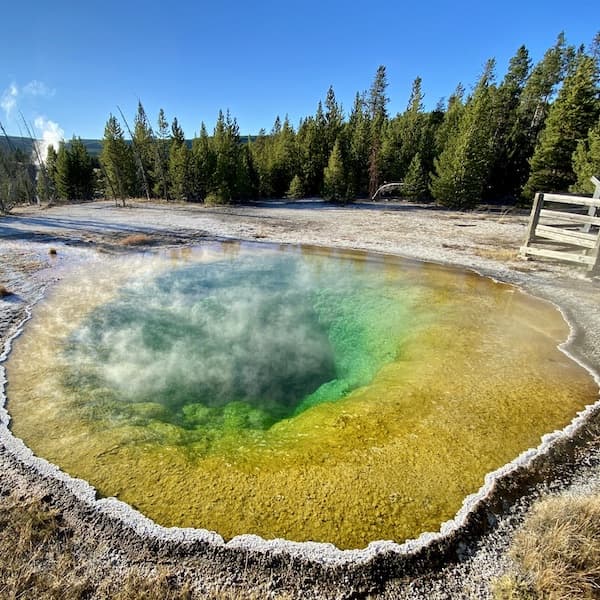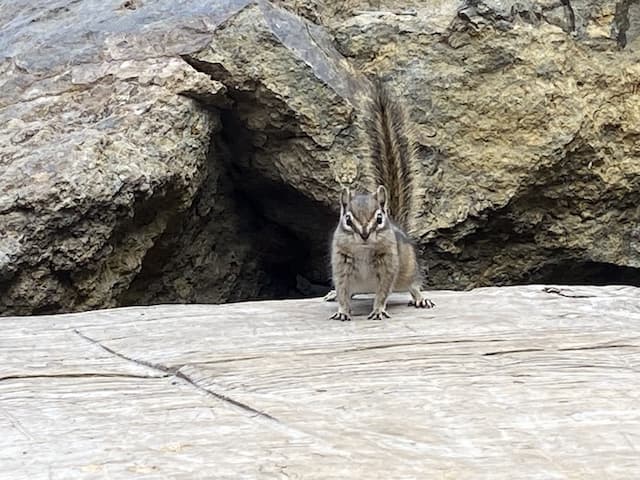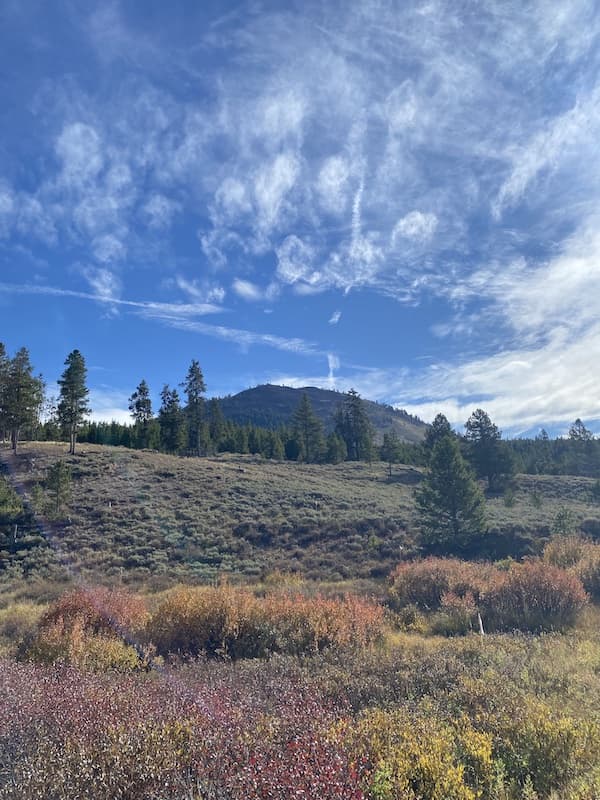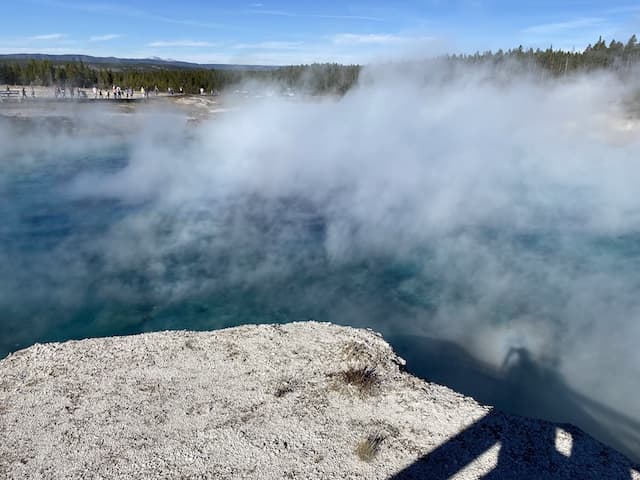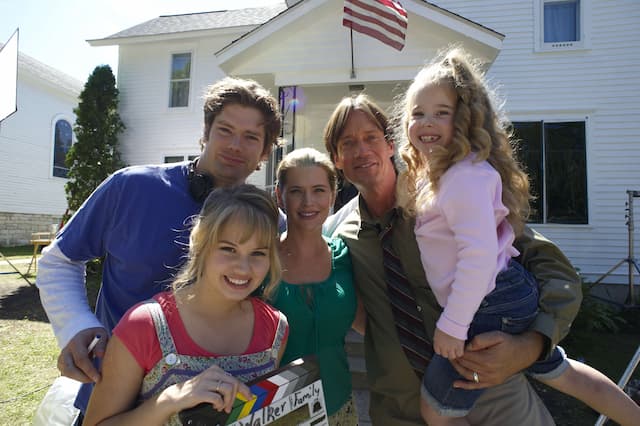Navigating by Faith When We're Disoriented by Life - Natalie Ogbourne
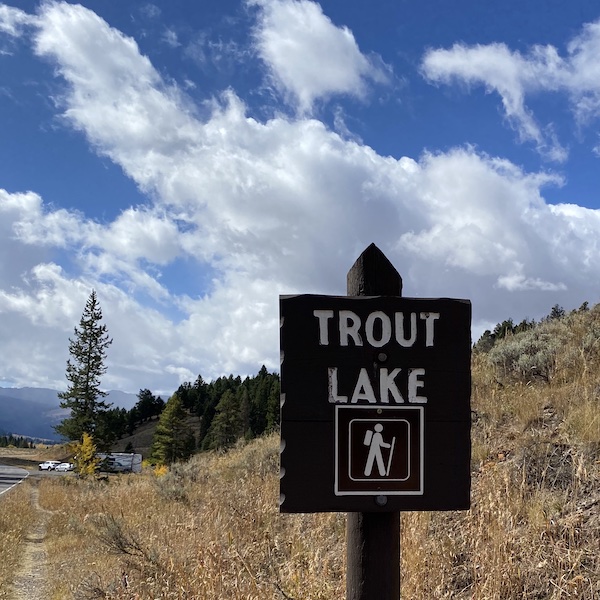
At the switchback, I paused for a breath and surveyed the landscape. Interested as I was in the spruce and fir trees dotting Lamar Valley’s faded grass, what I really wanted was to see how far my husband and I had come so I could figure out know how much further I had to go. I’d been smiling and happy when we set off, but now? “Paused for a breath” doesn’t paint an accurate picture of my quad-burning, oxygen-hungry condition. (To be fair, I’d had less than a day to adjust to the altitude change and the first stretch of this hike is steep, gaining one hundred-twenty-feet of elevation over a half-mile. My friend Joy compares this section of trail to climbing a twenty-story building spread over the distance of the track around a high school football field.)
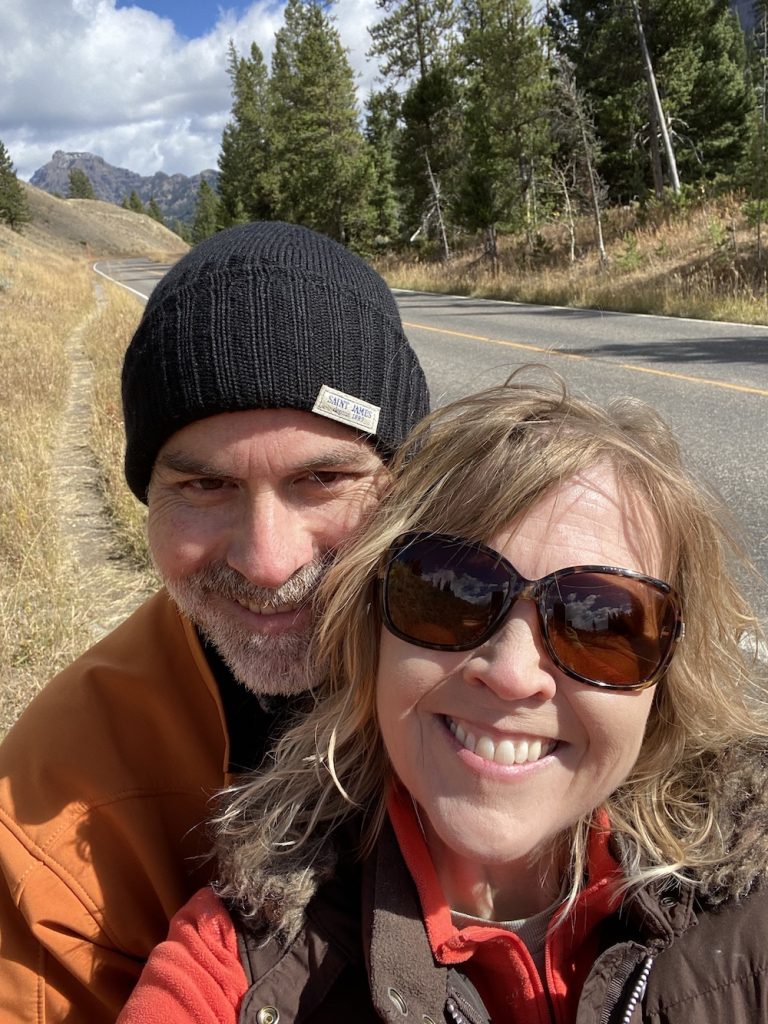
Before we started, I snapped a photo of Soda Butte Creek and a first-hike-of-the-week selfie. The creek is contained by a steep slope on one side and open to the trees on the other. Like the creek, the road is tight against the mountain on one side and open to the air on the other, making the short slither between the vehicle and the guard rail feel a little precarious.
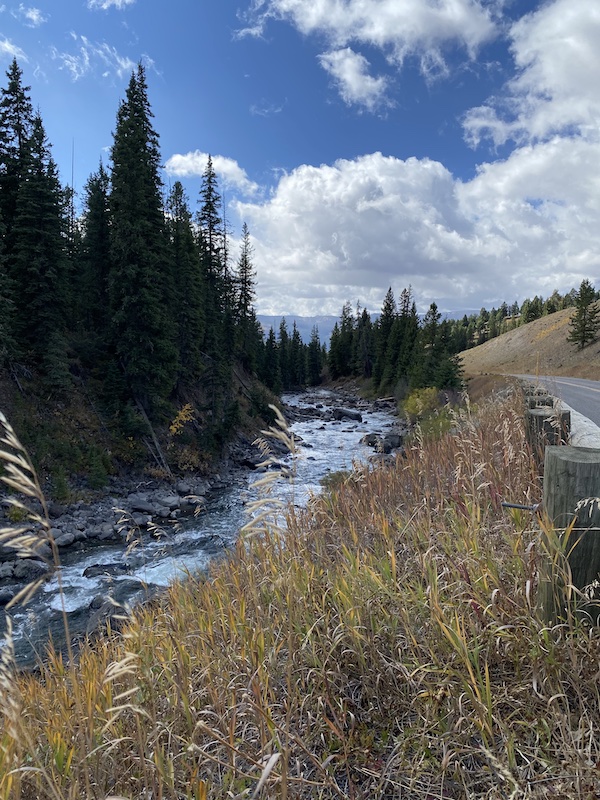
After swagging up a grassy slope toward a small meadow tucked among the trees, Trout Lake Trail’s steep stretch ends at the foot of an immense old evergreen. Almost immediately, the path descends and my quads, lungs, and I are always glad for the easy pace this affords as we head toward a large stand of trees that shield the small lake from sight. Before long, mirrored cotton candy clouds peak through the pines, hinting at the quiet water beyond. With the difficult part of the journey behind us, we take a leisurely pace around the lake. Even with the climb, I always plan to return to this peaceful place.
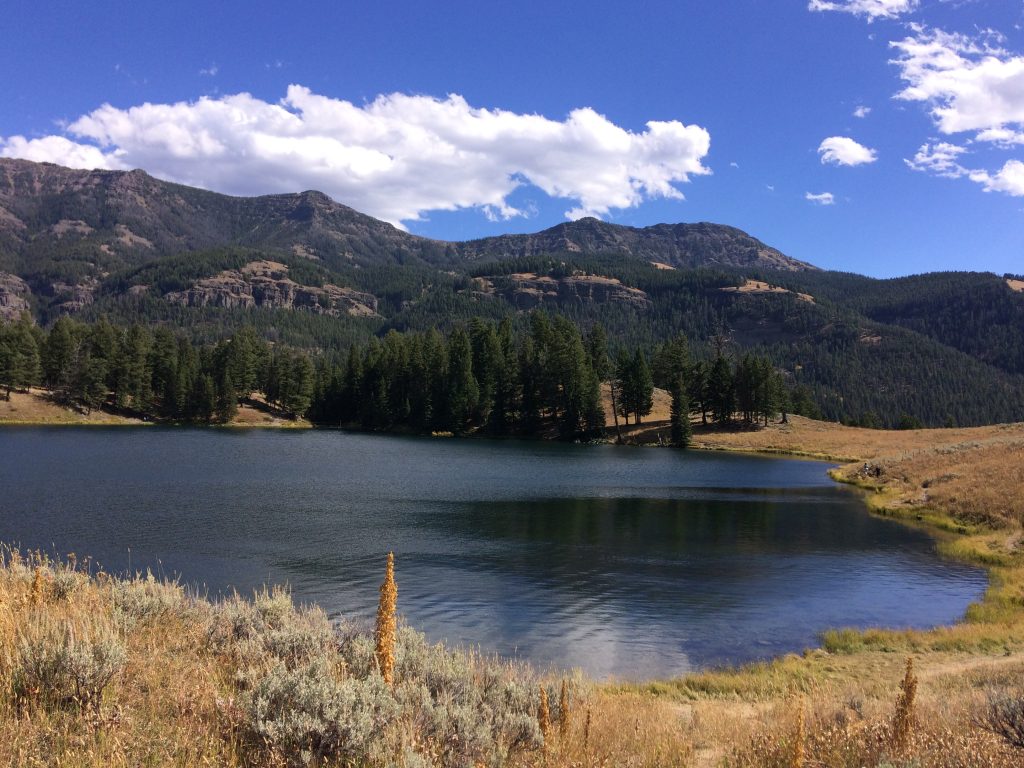
Jaime and I went to Yellowstone last month, but we didn’t visit Trout Lake. We couldn’t. It was inaccessible. The ground that supported the road had succumbed to the “unprecedented” July rain and collapsed into the river below, taking the trail and the road where we stood for our pre-hike selfie with it.
Yellowstone’s rain may have been unprecedented, but the result was not. Evidence of past slides can be seen on slopes throughout the park—places where swaths of earth have slumped downhill, rearranging the terrain along the way. These, though, are safely off in the distance, changing little about visitors’ plans or their ability to move through the park.
Change is an inescapable element of the landscape of human life. We know this. Sometimes we’re prepared. But sometimes even expected change brings unexpected outcomes—maybe to our health, our work, or our relationships. When the ground slides, taking the makings of our lives with it, it’s disorienting. It’s hard to know how to move forward when our path is in shambles and the landscape is unfamiliar.
Even though we both know there’s no list of steps for walking by faith, there are practices. A foundational one, especially when we find ourselves disoriented in the landscape of our own lives, is this: check the compass. Here’s why: We need to know what we’re navigating by. A compass centered on the changing state of our health, our work, or our relationships will point in a different direction than one centered on the God who knows us and our circumstances better than we do. Navigating by one of these comes more naturally than the other.
Checking the compass isn’t a once-and-done task. It’s a one-step-at-a-time process of paying attention. Our attention is a lifeline. It supports a lifetime of walking by faith.
🥾How do you pay attention to what you’re navigating by?
Ponder the path of your feet; then all your ways will be sure. Proverbs 4:26 ESV

